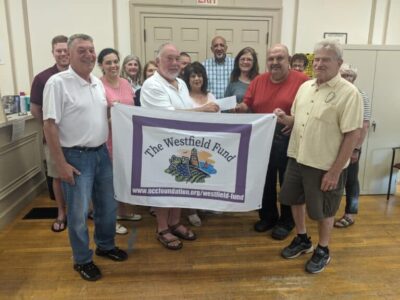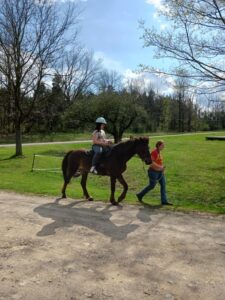Watching neighbors rebuild after fires
It began somewhere up Ute Pass just west of Colorado Springs during a hot, dry June in 2012. Bicyclists spotted a small fire in Waldo Canyon and reported it to the authorities. But the wind had kicked up and the flames were now growing at an alarming rate, ravaging valleys and hillsides on their way toward the city.
For the next eight days, we all were fixated on the horizon where the red core pulsed like a devil heart at the center of a smoke-smothered horizon. The fire came within two miles of my house. It seemed strange that the images I saw out my windows were the same as what was on the news. It was as if the world was on fire. Iconic tourist centers, like the Garden of the Gods and Pike National Park were evacuated. The iconic Flying W Ranch was burned to the ground. Over 30,000 citizens were evacuated. One especially eerie scene was that of a deer in flames running across Highway 24, a fire barrier at the time, to set the other side ablaze.
About a week after its inception, the fire was contained, thanks to the strategically coordinated and heroic efforts of the pilots who flew close the ground through heavy smoke to drop fire retardants; of the truck drivers from local stations who drove into the inferno; and of the ground crews who cut firebreaks through the woods to thwart the fire’s advance.
On July 3, the residents who had been evacuated would begin their trek home, if the home was still standing.
A total of 346 homes were burned to the ground. When I visited my friend in Mountain Shadows, whose home was one of few still standing, it seemed like a bomb had exploded.
One image that particularly struck me was that of a refrigerator melted into a heap of twisted metal. What kind of heat could make that happen?
Although I had lived several years in Colorado, I had never seen or felt anything like this. It’s hard to imagine for any of us who have spent most of our lives in the Great Lakes region how dangerous the combination of dry heat, wind, and homogenous forests of Ponderosa pine can become, and the massive devastation that can result from a tiny spark.
The truth is, I was never comfortable in that environment, which is classified as high desert. Despite the incredibly magnificent vistas – its “purple mountains majesty,” I was uneasy about the fast growing population and the dearth of water. The Waldo Canyon fire, followed the next year by the equally devastating Black Forest fire, provided, in part, the impetus for my return to these wet lands of Western New York.
However, the purpose of this essay is not to relive a harrowing experience, nor is it to justify my return to the homeland (which had to do with family as much as anything else). And I shall refrain from referring to the inconvenient Truth regarding climate change and wildfires.
It is really about something else, something I realized through witnessing the incredible rebuilding of the Mountain Shadows neighborhood.
In just about two years, 80% of Mountain Shadows had been rebuilt. I watched the progress daily, amazed at the speed and efficiency of the work forces who laid foundations, framed walls, and finished homes that were larger and grander than the ones they replaced.
I pause here to offer a generalized picture of those incredibly adroit men who built those homes: they were short in stature – averaging about 5 feet 2. They were dark complected, with shiny black hair. They spoke rapidly and excitedly to each other in Spanish as they scrambled up and down scaffolding, balancing themselves precariously on planks twenty feet in the air. Perhaps most significantly, they did not, or likely could not speak English, and they did not engage with local residents like myself.
This is what I witnessed, and I offer it as empirical evidence that the vast majority of these workers were from Mexico. And I offer this as confident speculation: they were not U.S. citizens. And many of them were working for construction companies who paid them less than minimum wage.
Colorado Springs was, and as far as I know still is, a stronghold of conservative Republican values. The city boasts some of the nation’s wealthiest Christian Evangelical churches. Fort Carson is our largest army base, and the Air Force Academy is a hallmark of American military superiority. Private businesses, especially in construction, have prospered through its rapid growth.
During the aftermath of those terrible fires in El Paso County, no one complained about the illegal aliens who had carted away the charred rubble and then laid the foundations for the city’s future. I wonder if they complain now.
Pete Howard, musician and writer, is a Dunkirk resident. Send comments to odyssmusic20@gmail.com





